
One of my favorite things to do as a former third-grade teacher was to seat my students in mixed-ability table groupings. I was always astounded by how much influence students could have on one another when given the opportunity to collaborate.
Then, the classroom collaboration that programs like ST Math encouraged kept my students and me even more connected. With the “Ask 3 Before Me” rule (1. Ask yourself, 2. Look around the room for clues, 3. Ask a friend), I transformed from a busy ST Math facilitator to an intentional observer during our ST Math rotations.
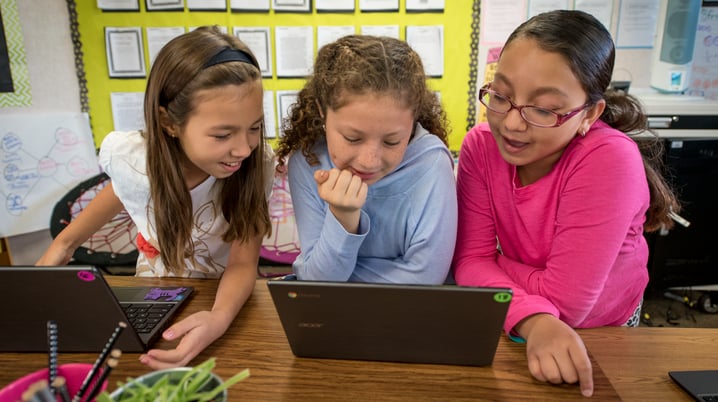
While I was sold on ST Math from day one, the quality I love most about the program is how responsive the organization that creates it, MIND Research Institute, is to feedback. This ensures that ST Math gets better and becomes more of an asset to our learning communities each year. Now that I’m this beloved program’s marketing specialist, I get the opportunity to share the new features we are bringing to you this school year!
We are living in a day and age where there is no more difficult, but more necessary task than bringing a classroom community together. This is definitely not a goal to approach alone. In each season, we have been vigilant about collaborating with our educational communities to hear how we can help.
With each surprise brought on by COVID-19 school closures, our students have overcome quite the list of unexpected obstacles. Learning loss is at the top of that list. Here are some new features for the 22-23 school year that will accompany your students and you in this learning recovery journey.
Based on data-driven improvements, our library of curricula pertaining directly to state standards has been expanded. Expanded standards coverage includes:
With quicker, real-time feedback, a handful of our games now include creative modeling modes that offer the personalized touch our students need. New ways of interacting with models include:
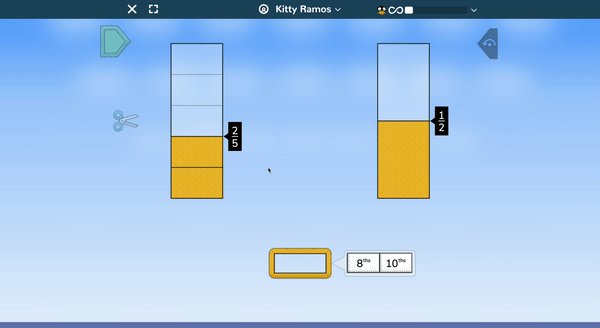
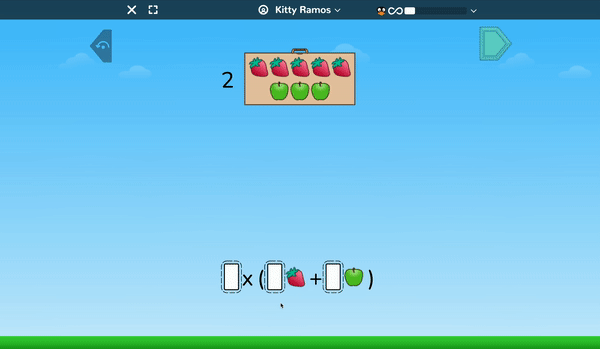
In order to ensure that our students are getting the most powerful spatial-temporal math games for their grades, we have added new games, including but not limited to:
As mentioned above, I favored mixed-ability grouping when writing my seating charts. When students with ELA and reading strengths were seated next to students with a strong suit in math or science, I would overhear amazing conversations.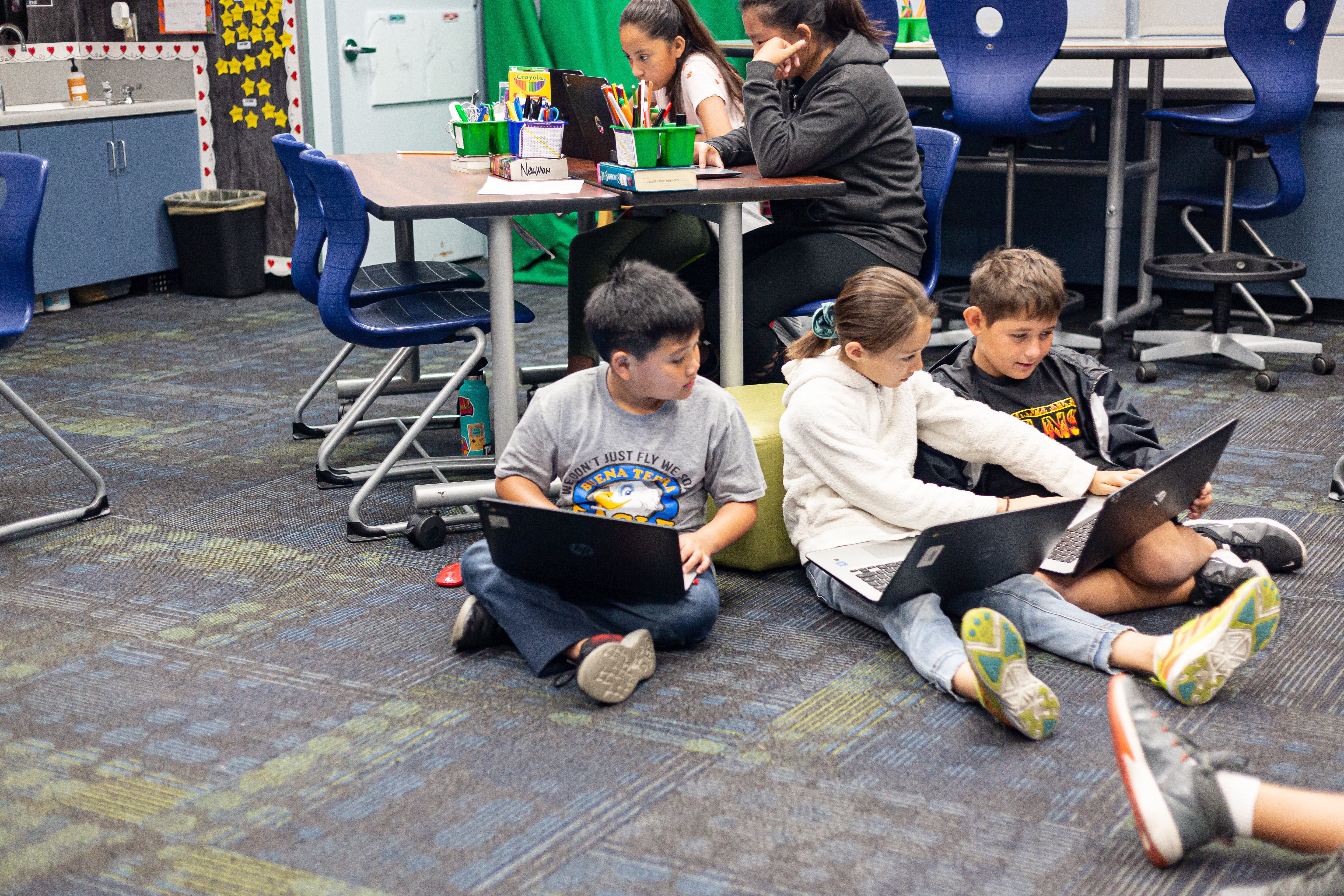
Toward the middle of the year, I would notice the playing field leveling out in my classroom as students began to feel more comfortable sharing and asking for feedback from one another. Opposite of common belief, keeping your students on grade level will actually level out the playing field in your classroom because it leaves room for:
Student collaboration
Full exposure to grade-level concepts for IEP students
Educator observation and one-on-one work time with students rather than spending all of their time facilitating
If we are wired to connect with those around us, it becomes more difficult to do that when we don’t have shared concepts to think through together. At MIND, we are continuing to encourage educators to keep their students on grade level even if their beginning-of-year placement test says otherwise. An even more pressing reason to keep your students on grade level is the fact that state testing is back from its hiatus and our students will be under the pressure of showing grade-level proficiencies.
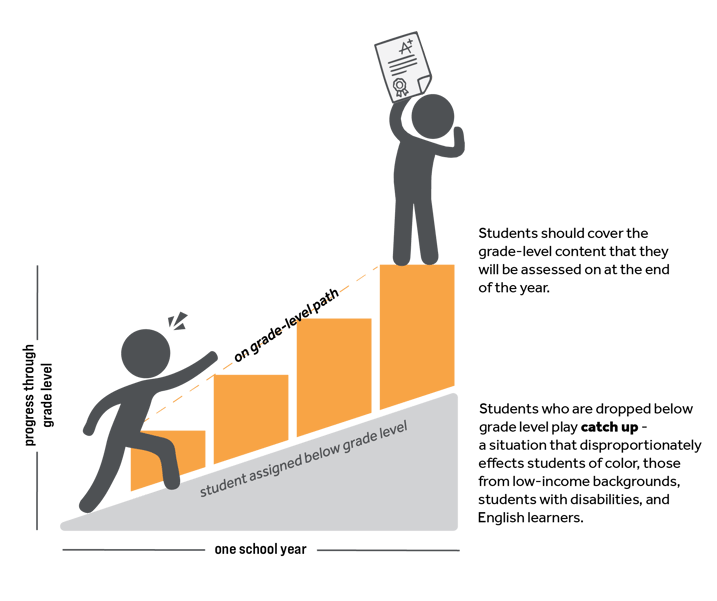 If students will be tested on grade-level concepts at the end of the year, teachers have less than ten months to recover what is for some, years of learning recovery. To ride this train of thought a little longer, MIND participated in a study to test its theory of keeping students on grade level. Researchers at Proving Ground specifically looked at whether or not it was a benefit to start students at the level they are proficient in, even if it is lower than their current grade level. Specifically, the researchers provided some students with a “ramp-up” curriculum featuring select, key elements of the previous grade’s ST Math puzzles.
If students will be tested on grade-level concepts at the end of the year, teachers have less than ten months to recover what is for some, years of learning recovery. To ride this train of thought a little longer, MIND participated in a study to test its theory of keeping students on grade level. Researchers at Proving Ground specifically looked at whether or not it was a benefit to start students at the level they are proficient in, even if it is lower than their current grade level. Specifically, the researchers provided some students with a “ramp-up” curriculum featuring select, key elements of the previous grade’s ST Math puzzles.
The hope was that students would complete the ramp-up, then move on to their on-grade-level content with a speedier grade-level objective completion rate. According to Ethan Scherer, the study overseer and Senior Researcher at Proving Ground, this method did not pan out as many might have expected.
Moving students to lower grade levels does not speed up their on-grade level ST Math progress, since most students never reach the on-grade-level games.
—Ethan Scherer, Proving Ground
If all of this sounds amazing but you know that you will need a little bit of extra support to get your team on board, we have developed multiple learning models to meet your schedule requirements and new school year goals:
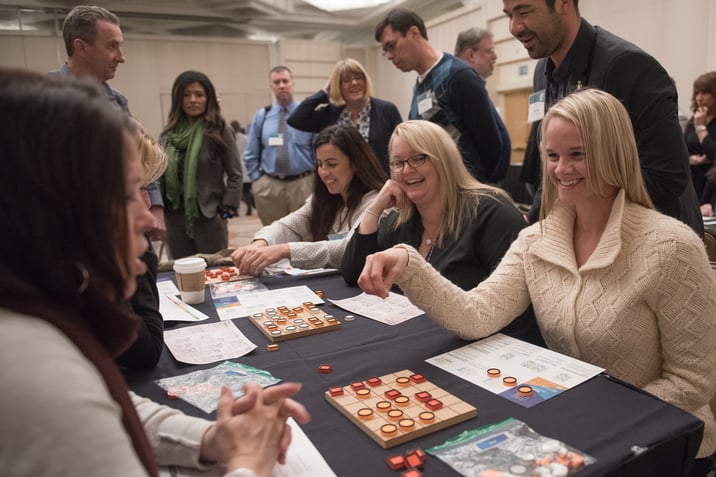
Some final words to the wise as your staff, your students, and you continue the learning recovery journey: you are resilient and so are your students. Your abilities to problem solve, adapt when change is called for, and learn how to reconnect with the world around you are all intrinsic human qualities that have only become more powerful since the challenging times of 2020 and beyond.
While I am not sure when the goal of full learning recovery will be met, I am sure that you are an educator during a time like this for a reason. So, go do what you do best! Lead, train, teach, and grow, and our ST Math team will be here to support and cheer you on throughout your journey!
Welcome, school year 22-23! Head to the “What’s New?” Page for a more extensive list of our new ST Math features, previews of new student games, and ways to stay informed for more frequent feature release news!

Kelsey Richards is the Marketing Specialist at MIND Education. As a former educator with a master's degree in Elementary Education, she is passionate about empowering teachers and students to innovate in Mathematics.
Comment